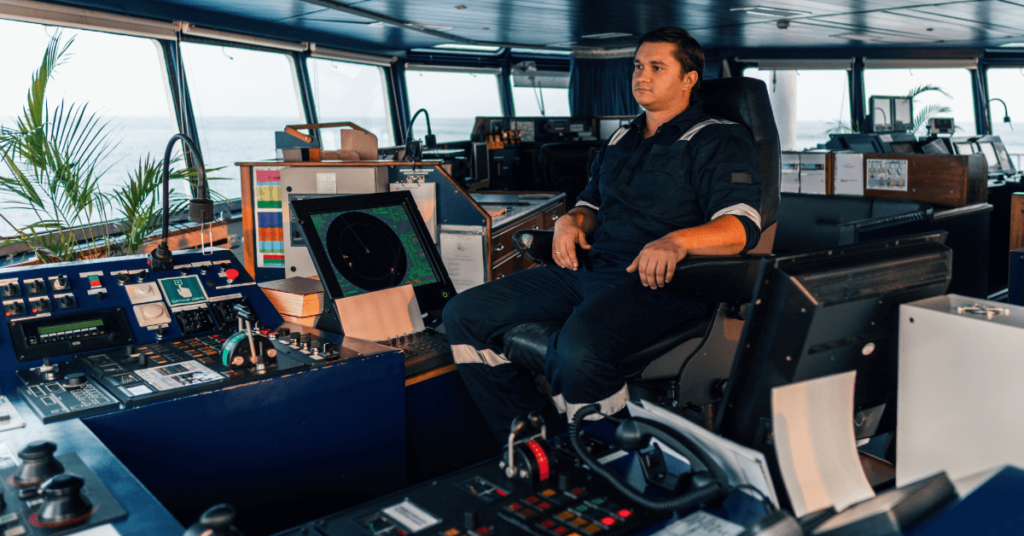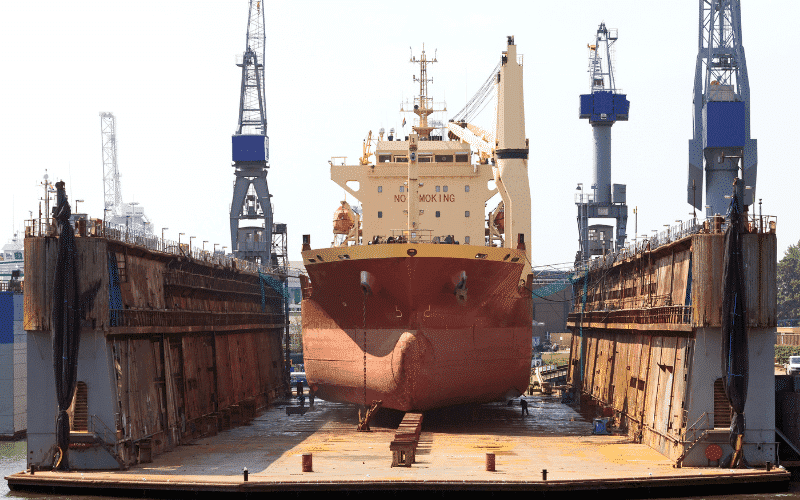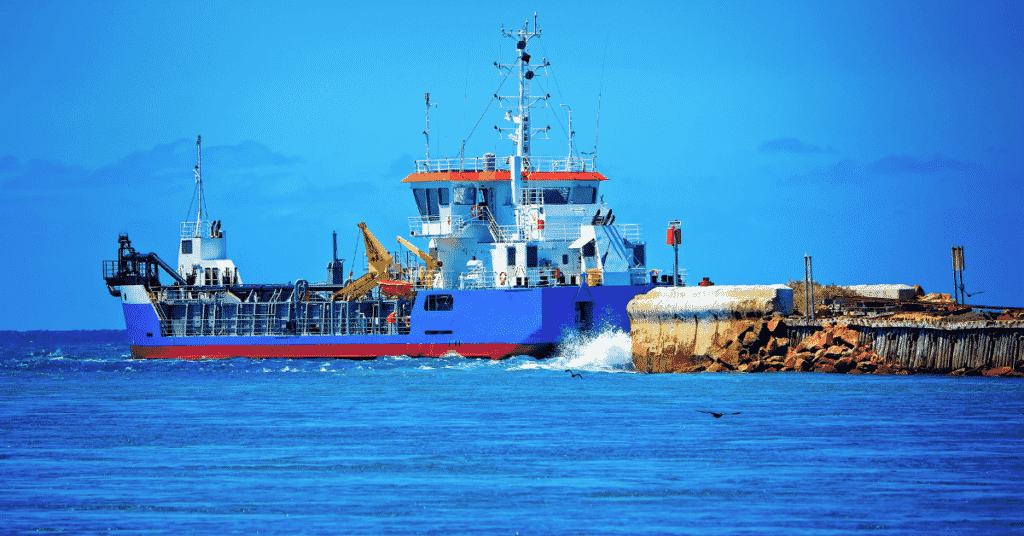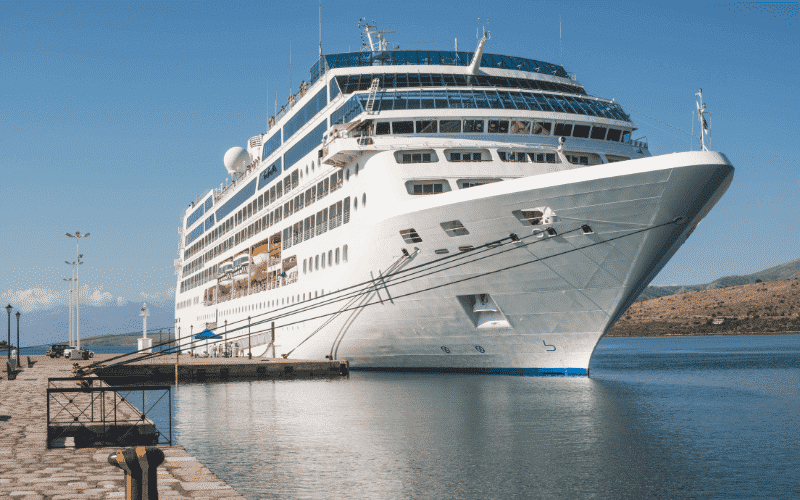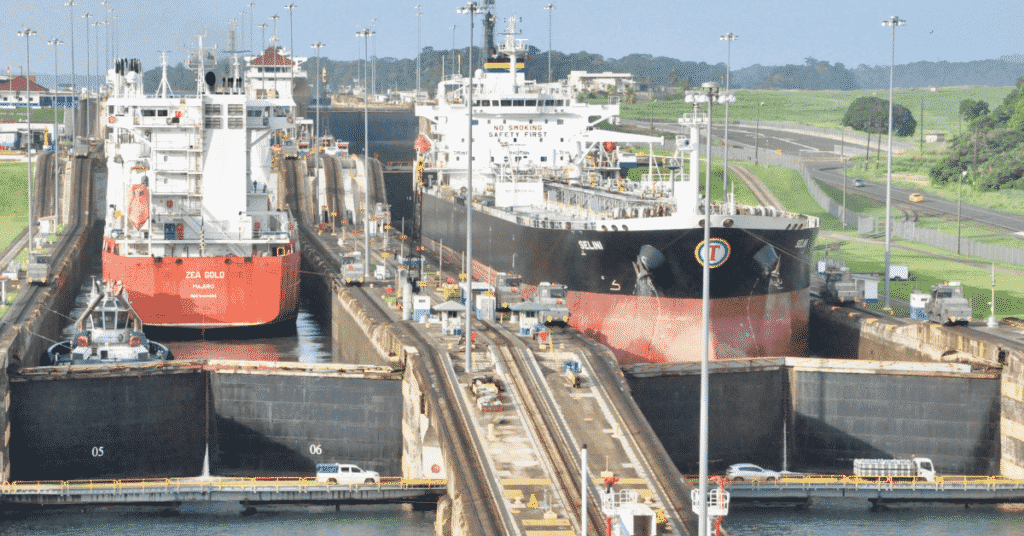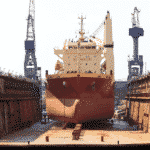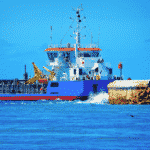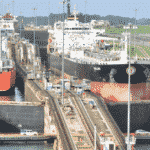Important Points To Note While Preparing Ships For Lay-up
The recent melt down of oil prices have turned tables for many profiting ship owners. As the profits decreases, ship owners have no choice but to cut costs and put up their vessels for sale or on lay-up. Likewise, the maritime offshore sector has been hit too.
Subsequently, many large and even small oil exploration companies with a substantial marine fleet have shut shop, albeit temporarily, to avoid their businesses from running aground.
The term ‘Laid-up’ or ‘Lay-up’ of ships technically means ships which have temporarily been taken out of profitable service due to lack of charter or cargo. Sometimes, increase in the freight costs become insufficient to cover up for the ships’ running costs. ‘Laying up’ ships, therefore, does make sense to the owners during such rough times.
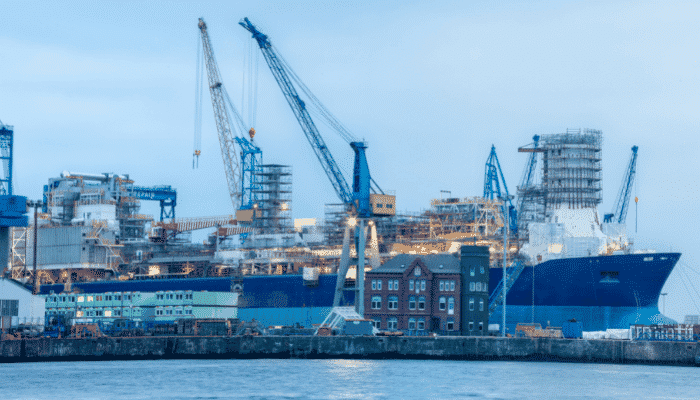
The idea of a lay-up is to reduce the company’s overheads, including the ships’ machinery wear and tear, manning costs, fuel, insurance costs during this non-profitable period. Most of the times, lay-up turns out to be a sustainable option compared to the sale of ships during the drought period. Lay-up, sometimes, forces the owners to enable repairs or even consider docking of their vessels.
In order to comprehend further, lets start unearthing what a laid-up ship actually relates to.
‘Hot Lay up’ and ‘Cold Lay up’ are two common techniques of laying up the vessels.
During a Hot Lay-up, the vessel is out of service but can be mobilised into service at a short notice. Whereas in cold lay up, the vessel is moored or anchored at a safe place, awaiting newer employment / charter.
Out of service ships require a safe haven for their non-employed status and to do so, thorough planning is required. Choosing a site is considered the most important of the factors involving lay-up of the ships.
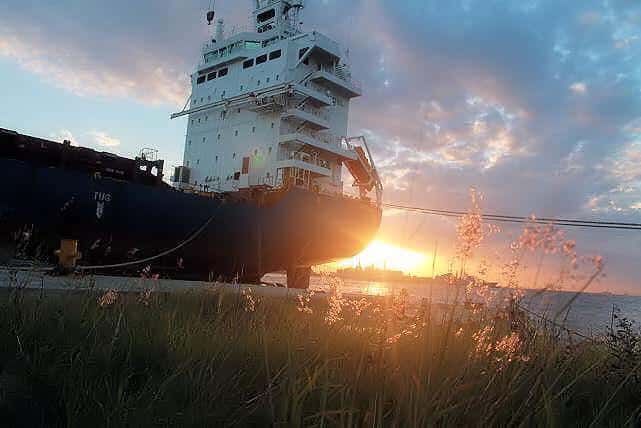
The idea behind laying-up at safe sites is to enable safety to the crew, security to the vessel and protection to the environment. It’s also to preserve the vessel structure by protecting against corrosive environment and machinery wear and tear.
Sites are chosen on the basis of:
– Shelter from open seas, winds, weather to avoid further unnecessary structural damages that may end up proving costly for the already wobbly company
– Security and its implementing influence at the location. Whether the area has an appropriate backup plan considering the ISPS, SOLAS and ISM regulations
– Proximity to trading / working areas for easy re-mobilizing in case of Hot-Lay up periods. For example, areas near Singapore, Gibraltar, Rotterdam, etc. are hot beds for easy business revival because of their strategic and geographically appropriate positions
– Availability to repair workshops, spares and stores as required if repairs or docking is to be undertaken
– Availability to general and utility services such as fresh water, provisions, fuel as required for operational reasons as these might get scarce during long lay up periods
– Sustainable Port, Anchorage and Wharf dues / fees
– If Anchored, water depth to be sufficient with a good holding ground as the lay-up may last for days, even months
– Availability of suitable ship agents handling most of the port documentation and crew changes as need arises
For lay-up at such sites, generally the classification society, Flag State, P&I Clubs, H&M Insurance organisations and other authorities including port authorities are notified and approvals are sought. The Flag State or the Class may conduct their mandatory inspections / audits during this period. Port States are not uncommon either.
Preparations for laying up the vessel
Preparations for laying up the vessel are so made that no further delays are entailed during the vessels’ mobilisation or its re-commissioning. It is imperative for the company representatives and the Ship Masters to co-understand the elements involved for planning and execution of a safe lay-up and the vessels’ re-commissioning.
The following factors, but not limited to, may be chosen as and be considered in conjunction to the standard marine practices by the persons involved while taking to lay up.
-All Safety and Critical equipment to be in operational condition and certificates for all such mandatory items to be valid and available onboard. This could be required for flag state and class inspections.
-The required Safety and Critical Equipments to be tested and validated by the approved authorities. This in turn will enable the crew members to overcome the hazards associated with dead ship conditions.
-Vessels to have sufficient and useful back up power for such critical situations
-Flammable equipment such as paints and chemicals are to be stowed in well ventilated and fire protected areas
-All fire fighting systems to be in ready state and operational. If shore testing is required, company representatives should be able to liaise with the vessel and comply
-Some ports require the vessels to be gas freed and obtain such certificate prior to the extended stay in port
-Vessels to maintain radio contact with the port authorities for a safe and sheltered lay-up period and necessarily with the owners
–Security levels are to be maintained onboard as per ISPS and the generic port regulations to be complied
-During the vessel’s lay-up period it is important that the mandatory safe manning of the vessel is maintained at all times for all emergency and critical situations and other general operations, including repairs
-Care must be taken for adequate reserves of Spares, Stores, Fresh Water and Provisions onboard for the duration of the stay. Ship Captains should liaise with the company and the agents for general running of the ships
-Fuel and Lube Oil Consumption to be calculated and reserves to be stocked up accordingly
-Preservation of the Engines, Generator plants, Boilers, etc., should be understood and measures to run the machineries at minimal costs to be given impetus
-If in case the Lay-up has been considered in colder areas, the ship’s engineers must be able to understand and work upon the severity of the cold climate and it’s associated hazards
Nonetheless, vessels laid up are deemed to be unprofitable for certain companies and sometimes depict a negative value of its assets. It so happens that the company is then under its prerogative to enable ships for lay-up or proceed for their sale. Lastly, my personal experience shows no matter how bad the business is, it is just a matter of time before the companies get back to their profit making trades.
You may also like to read – What is the Difference between Lay days and Lay time?
Do you have info to share with us ? Suggest a correction
Latest Shipboard Guidelines Articles You Would Like:

About Author
Bikram Pal Singh is a professional mariner and blogger. He has sailed extensively, serving on various Oil tankers and Offshore Vessels. He enjoys reading and compiling notes about critical shipboard operations and crew psychology.
Subscribe To Our Newsletters
By subscribing, you agree to our Privacy Policy and may receive occasional deal communications; you can unsubscribe anytime.



